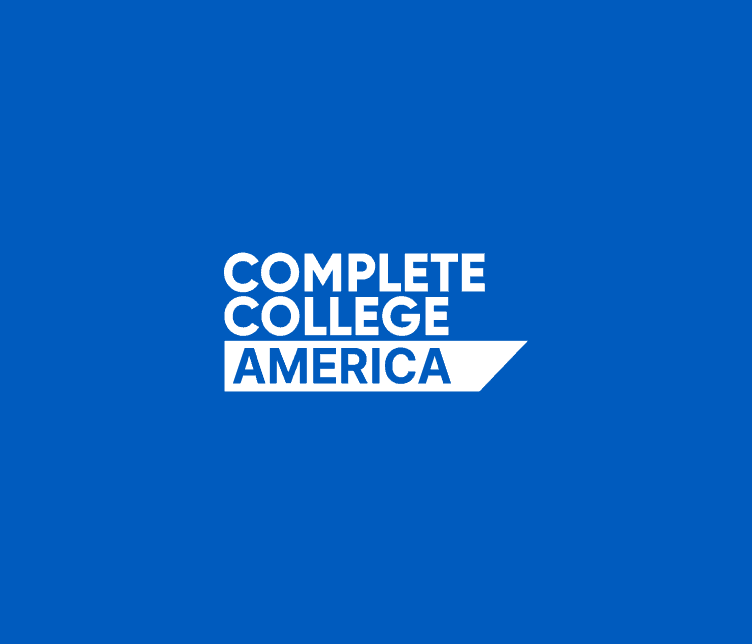In higher education today, financial pressures are mounting from every direction. Federal funding shifts, state disinvestments, declining enrollment, and persistent questions about value create an environment where institutions face critical choices about resource allocation. Yet in times of constraint, many college leaders find themselves focused on immediate survival, keeping the lights on, rather than long-term strategy.

Drawing on lessons from high-performing community colleges, Dr. Rodicio shares a framework for strategic finance that redefines how institutions approach resources. Instead of asking, “What can we do with the money we have?” institutions should be asking, “What do students need to succeed, and what resources are required to meet those needs?” This subtle but powerful shift, from return on investment to return on mission, is at the heart of financial sustainability and student success.
In a recent Complete College America Accelerator webinar, Dr. Lenore Rodicio, Senior Fellow at the Aspen Institute College Excellence Program and Complete College America Fellow, reminded us that this moment calls for more than survival, it calls for strategy.
A Framework for Strategic Resource Acquisition and Mission Alignment
The framework Dr. Rodicio shared encompasses three interconnected components that, together, help institutions create sustainable, mission-driven systems for student success.
- Finance as culture. How you allocate money, how you train people, and who has access to financial information sets the culture of the institution. Far too often, finance is viewed as the domain of a select few, creating mystery and suspicion around spending. This robs institutions of an enormous opportunity to signal what matters most. Strategic finance requires making budgets transparent, mission-aligned, and accessible across campus, not just to the CFO. When everyone can see how dollars connect to student outcomes, accountability and shared ownership naturally follow.
- Disciplined revenue and expenditure. Money coming in and money going out should never be viewed separately. Instead, institutions should continually generate and direct resources toward what’s needed most, ensuring every dollar supports student success. Every campus has “stranded assets,” such as vacant positions, year-end surpluses, or inefficiencies, that can be reallocated to fund high-impact work. Even small, consistent reallocations over time can create meaningful new resources for advising, academic support, and reform.
- Finance through partnership. There is significant funding within the education-to-workforce ecosystem that never has to appear on a college’s ledger. By leveraging partnerships with universities, philanthropy, employers, and community organizations, institutions can unlock shared resources that expand opportunity without increasing costs. Strategic partnerships align missions, distribute responsibility, and bring new capacity to the table.
Shifting the Institutional Mindset
At its core, strategic finance is less about spreadsheets and more about mindset. It’s about leading with mission, building transparency, and using creativity, not scarcity, to guide resource decisions.
As Dr. Rodicio explained, “Funding is uncertain, enrollment is a concern, and value is being called into question. These pressures won’t go away. The question is whether we’ll make resource decisions reactively or strategically, in service of our mission.”
Why Strategic Finance Matters Now
The current moment in higher education demands this approach. Strategic finance offers a path forward, not by ignoring fiscal realities, but by addressing them with disciplined creativity and mission-driven purpose. It acknowledges that during times of constraint, the question isn’t whether to make strategic choices about resources, but whether those choices will be intentional and aligned with the institution’s core purpose of student success.
For institutions ready to begin this work, Dr. Rodicio recommended starting with simple questions:
- What do you know about your college’s budget and budget process?
- Does your college’s budget currently reflect your student success priorities, and if so, how?
- Where might stranded assets exist at your institution that could be reallocated to better serve students?
The answers to these questions can illuminate opportunities for transformation from budgeting that maintains the status quo to strategic finance that advances meaningful change.



